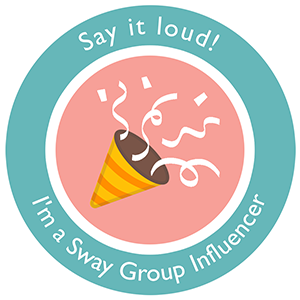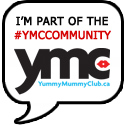Editor’s Note: This is a guest post. While we appreciate our guest writer’s submissions, this does not constitute endorsement or agreement to the opinions expressed in the articles featured.
by Sally
Brush your teeth! Mothers are constantly reminder their children to do this. Since the beginning of childhood, the emphasis on good dental hygiene is drilled into most kid’s minds, with the threat that if they do not follow this daily hygienic duty, their teeth will rot, fall out and they will be left toothless. Of course, no one wants that! Therefore, we obey and most people brush regularly, obtain dental insurance and get regular check-ups with the good intentions that they are preventing tooth decay, gum disease and providing a healthy service to their bodies. Moreover, most people never give thought to the fact that some toothpastes contains dangerous, harmful ingredients. After all, this is a product that must go into the mouth so it has to be safe, in all regards. Unfortunately, this is
not the case. Many popular brands of toothpaste contain ingredients that are harmful and carcinogenic.

Potentially Harmful Ingredients in Name Brand Toothpaste
Sodium Fluoride
When examining the ingredients on popular toothpaste labels, many only give one active ingredient, Sodium Fluoride, as an anti-cavity. This ingredient is classified as a toxin when ingested or inhaled in high doses. It is often used in cleaning products, psychiatric medications, anesthetics and in Sarin Nerve Gas. It was regularly added to the water in concentration camps during World War II to help keep the prisoners more compliant. It is also added to our public drinking water supply. Although it does work to help prevent cavities, it also can cause collagen to breakdown in muscles, skin, bones, kidneys and lungs and in lethal doses can affect the circulatory system and the heart.
Sodium Lauryl Sulfate
This ingredient is used in low doses for toothpaste and in larger doses for cleaning products, degreasers and soaps. Sodium Lauryl Sulfate has been shown to be associated with the development of mouth ulcers. Because of the harshness of this ingredient, it can damage oral tissue lining inside the mouth.
Hydrated Silica
This ingredient is added to many popular brands of toothpaste as a whitener. This ingredient works as an abrasive on the surface of teeth, which can harm the enamel causing a severe wearing down of this protective surface. Those who have receding gums, gum disease, sensitivity and tooth decay should avoid using toothpastes with this additive.
So, what is a person to do? After all, we cannot just stop brushing our teeth, unless we have some good dental insurance and don’t mind the sound of a drill. The best solution to this problem that many people have found is to switch to an organic toothpaste. Organic toothpastes contain safe, natural ingredients such as herbs and essential oils to fight bacteria, protect gums and freshen breath. There are a wide variety of these products to choose from today, which do not contain any harmful ingredients. Many
popular brands include Tom’s and Kiss My Face. Both of these can be purchased at Whole Foods Markets or Amazon. Using these products can provide the necessary tooth and gum hygiene to keep teeth and gums healthy, without the risks of causing harm to the body.
Sally is a dental hygienist and health expert who spends her free time traveling to local elementary schools teaching youngsters how to care for their teeth. After exploring dental insurance options as a new college graduate and as a single mom, she became passionate about preventative care in order to save money. After all, in this economy, it’s better to save now rather than pay later!





















Leave a Reply